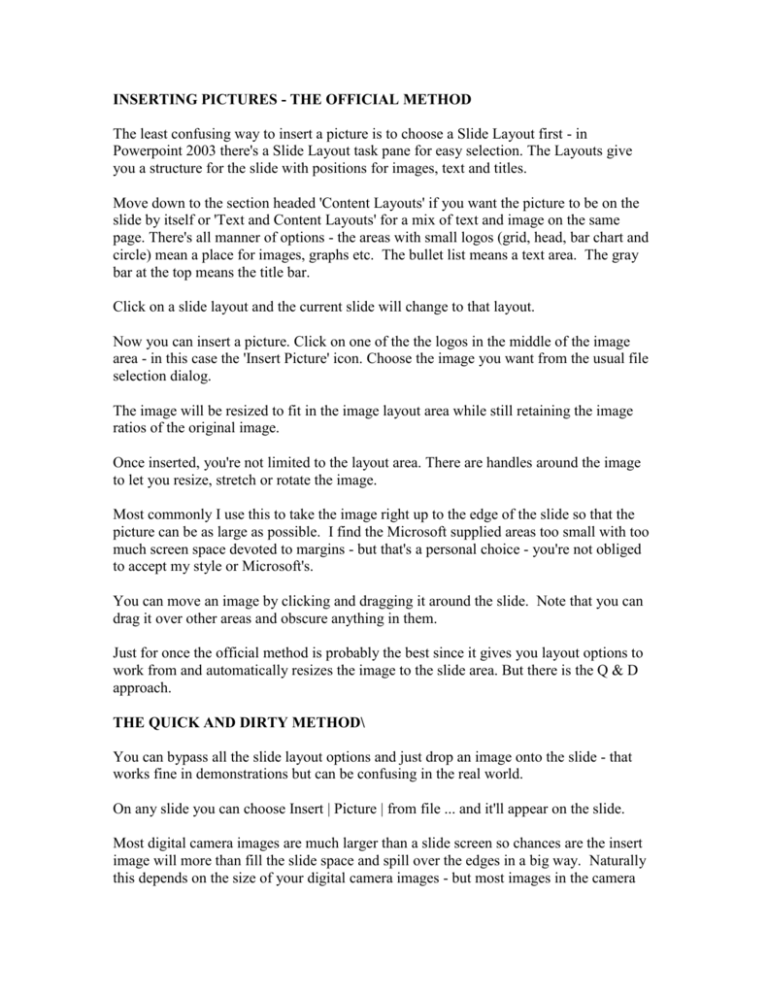

If you have to change the size of the slide, it is advisable to make a backup copy of the presentation in advance so that you can always have the original file. In the worst case, when you demonstrate, your presentation will have large indents on the sides, but all information will be displayed. If this is not the case, use 4:3 proportions of PowerPoint slides. If you are preparing a presentation for public speaking, it is recommended that you specify in advance the technical requirements of the equipment that will be used for the demonstration.


If you create a new presentation, you will be offered to choose one of two PowerPoint slides’ size: 16:9 or 4:3. If you change the size of the PowerPoint template or its slide orientation, this does not affect the quality of these images. In many respects, therefore, all high-quality presentation templates, illustrations, diagrams, and infographics are created using built-in PowerPoint tools that exclude loss of quality when resizing. Here, it is necessary to make a remark: if in your presentations, you use raster images of poor quality (for example, photos), then such images will lose quality with a proportional change of the slide in any case. Any slide can be stretched or compressed but only if you keep the proportions of the slide, the image is not distorted, and the quality will remain. In fact, the proportions of the slide in PowerPoint are more important. When they say “size” usually millimeters, centimeters or pixels are meant.
#How to change the size of a powerpoint slide 2003 how to#
In the frameworks of this article, we’ll discuss how to change the slide’s size and orientation PowerPoint template.


 0 kommentar(er)
0 kommentar(er)
